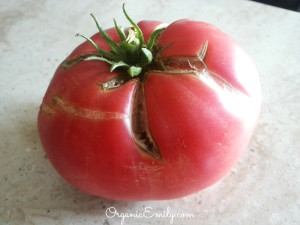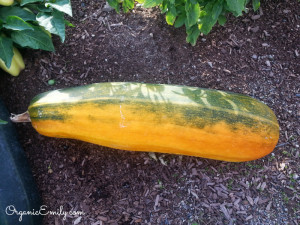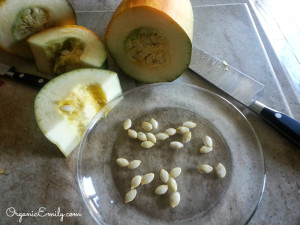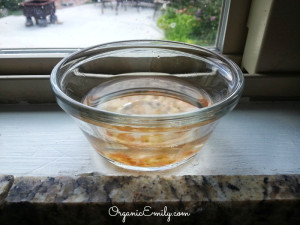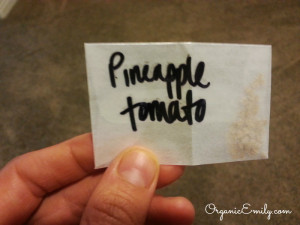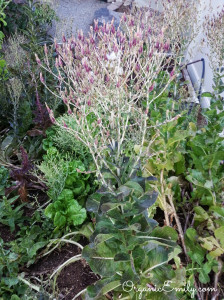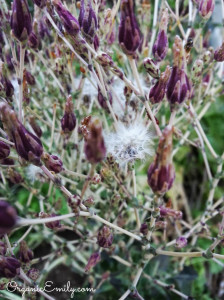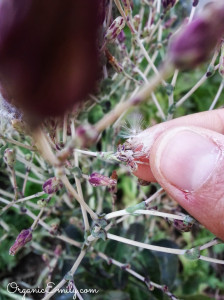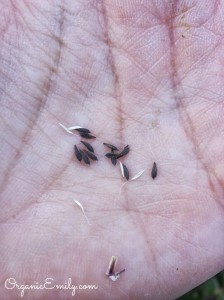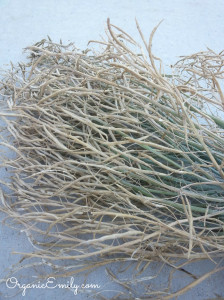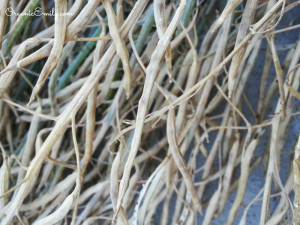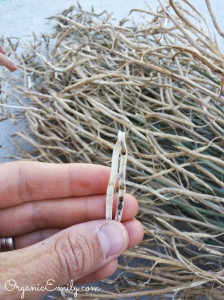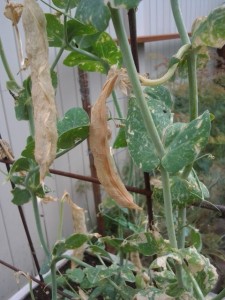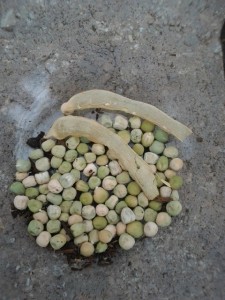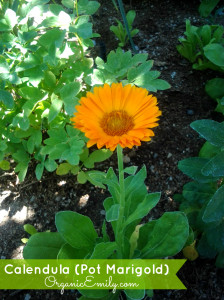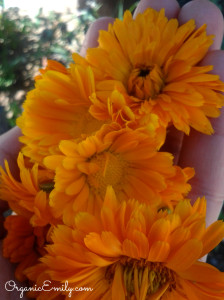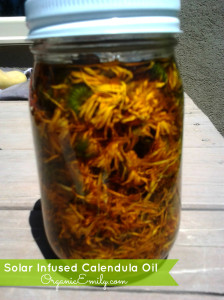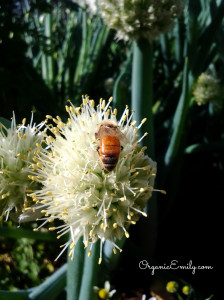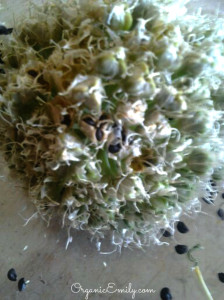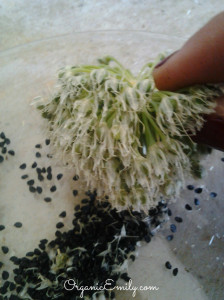There are multiple forms of seeds that can be saved and others that don’t do as well. For the sake of simplicity we’ll discuss 2 types. Heirloom and hybrid seeds. Heirloom seeds are best for saving and most reliable because they come from a generation of at least 50 years old and older, some as old as a few hundred years. Their flavor is usually very good. Their production is consistent, but not always abundant with some varieties. Hybrid seeds are produced mostly for commercial growers to with stand mechanical harvesting and long distance shipping. Their yield and production time is high. However, this type of seed is not good for saving. It will either be sterile or revert back to a parent seed and not give you what you originally purchased.
A “wet” seed comes from a plant inside the actual fruit and require an extra step in preserving compared to “dry” seeds. You can review how to preserve dry seeds here https://rootedemily.com/?p=612 Wet seed vegetables include zucchini, cucumber, pepper, tomato, melon, squash etc.
Just like dry seeds these also need to come from fruit that is mature, some to the point of past eating. Like zucchini or cucumber.
Most seeds that come from fruit are simply removed, rinsed and dried on a glass plate for 2-3 weeks. These seeds must be completely dry before storing or can be susceptible to mold and rot.
The exception are tomato seeds. They take an extra step and need to go through a fermentation process before drying.
When choosing a tomato to save seeds from, it is best to choose one that is large, soft and ripe. Seeds saved from tomatoes that are not fully ripe will not germinate the following year. Cut the tomato in half and scoop out the seeds and gelatinous liquid with your fingers.
Place seeds and liquid into a small bowl with water, cover with plastic wrap and poke a few holes into it for ventilation. Set the bowl in a sunny window seal or on counter. Let the mixture ferment for 6 days at room temperature and stir every day. Change the water around day 3. The top of the bowl will look scummy when the fermentation process separates the gelatinous liquid from the seeds. When this happens rinse the seeds thoroughly in a sieve and dry them on a glass plate or on wax paper.
Let them dry for 1-2 weeks. Be sure they are very dry before storing in a velum or paper envelope and label the variety with date. Seeds will stay viable for at least 2-3 years.

